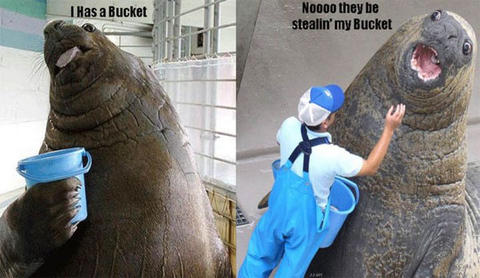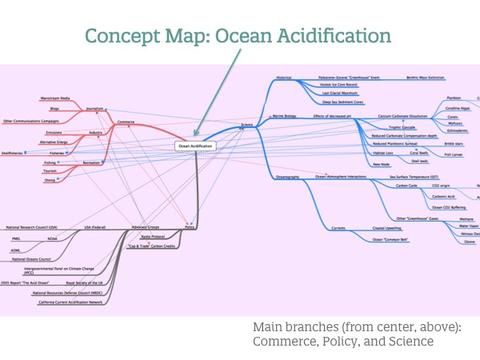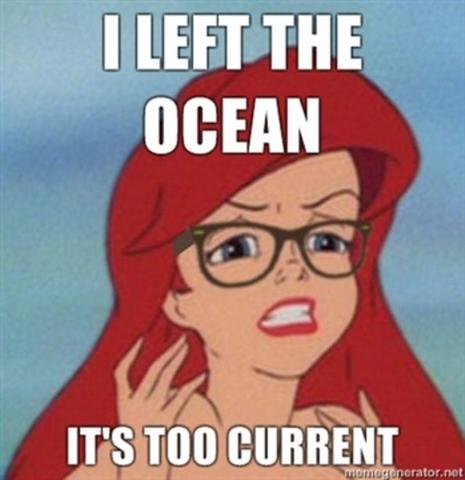Add new comment
What's In Your Bukkit? Bounding An Issue for Big Listening
Here on the good ship Upwell we're often asked to help folks think through what Big Listening for their cause or issue might look like. This raises some intriguing questions about what their cause or issue is - what's in and what's out of their particular mental model for that thing. Call it a bukkit, m'kay?

What's in the LOLRUS's bukkit? Most likely bivalves.
Measuring something requires you to define it. The trick in measuring a conversation is that conversations change over time as participants engage in dialogue. And as conversations dynamically evolve over time, so too do the methods of expression (i.e. terminology, imagery, metaphors, etc.), the composition of participants, and the accompanying platforms. Much like species evolution, these changes are not always in a direction that we perceive to be fruitful. Evolution can lead to progress just as it can lead to dead-ends or fragmentation. Because of this, no conversational “listening” can ever be exhaustive (as some elements of the conversation will always be overlooked), nor can it be perfectly accurate (as noise will always creep in).
In bounding an issue for the purpose of (big) listening to it, we begin by developing a conceptual framework. For the purposes of explanation, let’s imagine our topic is marine debris a.k.a. trash in the ocean.
We would begin by outlining the conceptual and temporal boundaries of analysis for marine debris. The temporal aspect is important because a keyword group developed for one time period may lose significant accuracy (and utility) when applied to another period. For the conceptual outlines we often make use of a mind map such as the one for ocean acidification shown below.

For marine debris the concept map would include items such as marine trash, the pacific gyre, marine plastics, great pacific garbage patch, seaplex (minus exclusions for the botanical shampoo of the same name), albatross AND plastic. The concept map would also include people, campaigns, expeditions and organizations such as Miriam Goldstein (a marine debris expert), The Trash Free Seas Alliance, the Plastiki, and Seaplex.
The concept map becomes a design artifact for further conversations about the conversation. Although we sometimes shortcut this process in the interests of time, we refine the map through a series of discussions and exchanges with subject matter experts and knowledgeable people in the industry or industries at play. It's worth noting that since we're interested in public conversations, speaking only with the issue wonks can be counter-productive, since their language is often arcane and infrequently used within the culture at large. The map for Oceans concepts (shown above) actually had to be dramatically revised once we realized it was full of science jargon and lacking anything to do with Mermaids, little or otherwise.

Hipster Ariel was in your bukkit before it was cool.
Once we have a solid map of the conversation, we turn the map into a series of keywords - but that's a topic for another day. So if you're thinking about what Big Listening for your issue might look like, consider thinking of a bukkit. What's innit?